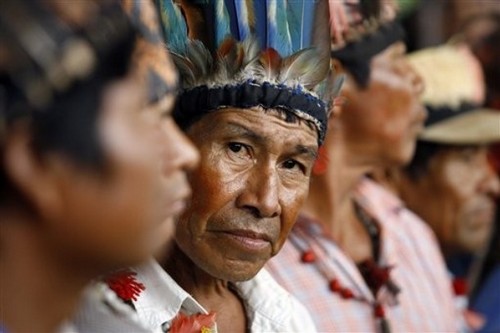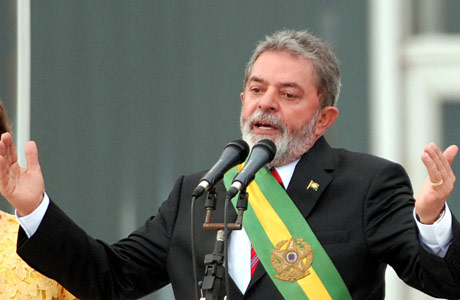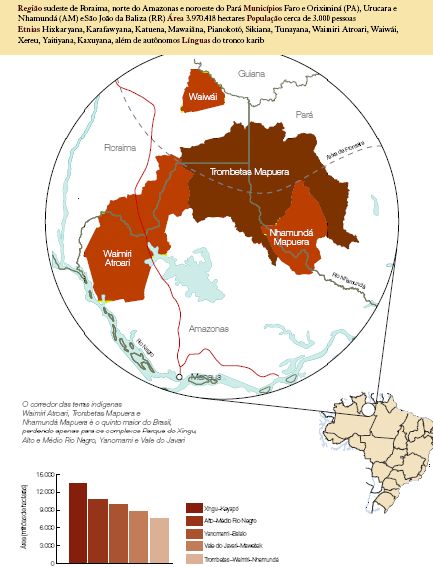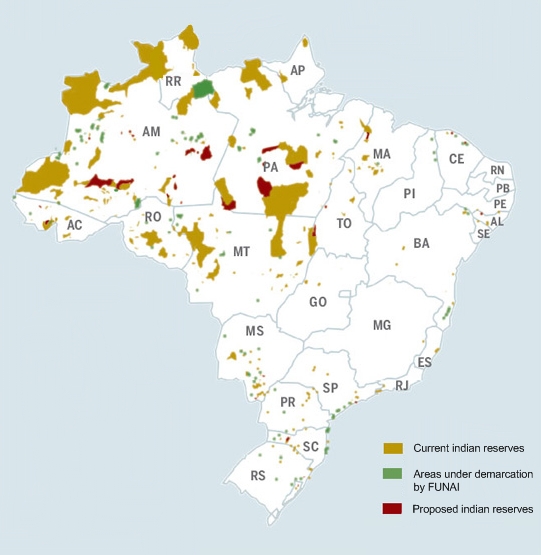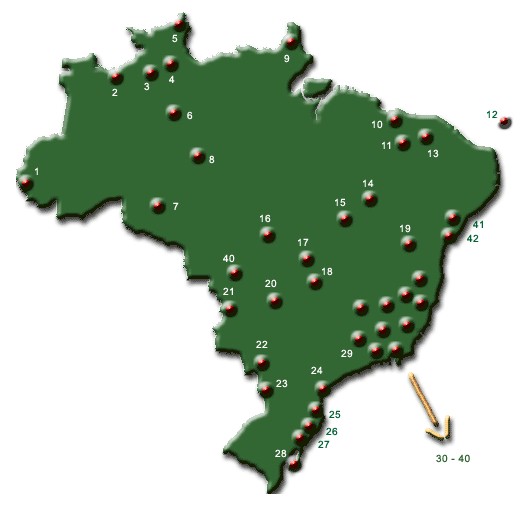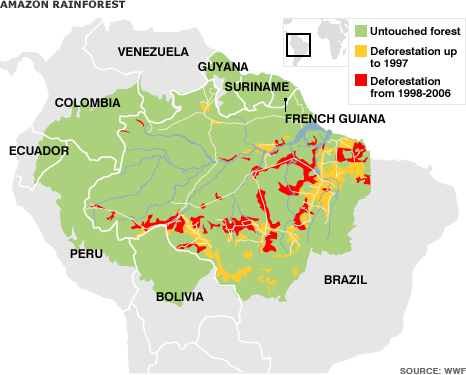Brazil Creates 20,000 Square Miles of New Indigenous Reserves
posted on December 24th, 2009 in Amazon Jungle, Brazil, Environment, Indigenous Rights
December 23, 2009
On Monday, Brazil decreed nine new indigenous reserves covering 51,000 square kilometers (19,700 square miles) of the Amazon rainforest, an areas larger than Denmark or Switzerland, reports the AFP…
“We will never be able to do enough for the indigenous people,” said Brazilian President Luiz Inacio Lula da Silva in a speech announcing the decree. “The debt is historic and we can never reimburse through money, we can only make concrete gestures.”
Five of the reserves are located in the state of Amazonas, two are in Pará, one is in Roraima, and another is in Mato Grosso do Sul. The protected areas house about seven thousand Indians from 29 ethnic groups, according to FUNAI (Fundação Nacional do Índio), Brazil’s indigenous affairs agency.
The largest reserve, Trombetas Mapuera accounts for 80 percent of the new protected area and is home to uncontacted tribes.
Trombetas Mapuera includes parts of Caroebe, Faro, Nhamundá, Oriximiná, São João da Baliza and Urucará municipalities in the state of Amazonas, between the cities of Manaus and Santarém.
39 indigenous reserves have been decreed since 2007 and there are now 663 in Brazil, amounting to more than one million square kilometers. More than half the Brazilian Amazon is now under some form of protection.
Brazil aims to reduce deforestation by 70 percent over the next decade as part of its plan to reduce greenhouse gas emissions. Forest loss for the 2008-2009 year was the lowest since record-keeping began more than 20 years ago.
Indigenous reserves have been shown to have lower deforestation rates than adjacent parks and unprotected areas. But declaration of an indigenous reserve is no assurance of protection. For example, nearly 95 percent of Marãiwatsede, an Xavante indigenous reservation in the state of Mato Grosso, has been invaded by squatters intent on clearing its forests for cattle pasture.

